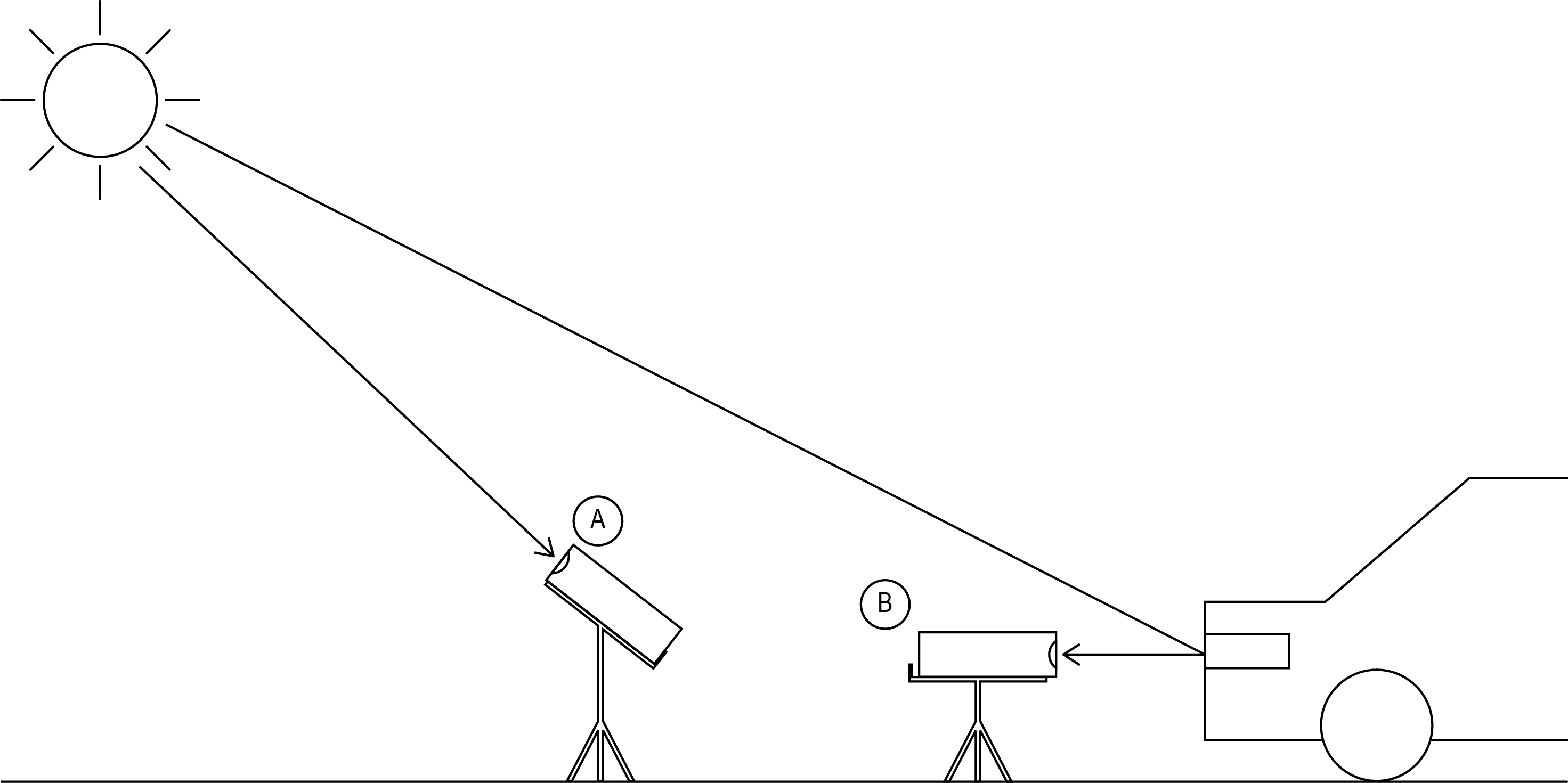
Adventures in Chromism
Creators: Amy Ai, Lee Hayes, Ryan Lee, David Li, Sophia Xiaowei Wang
Supervisor: Peter Yeadon
The studies that are featured below represent a series of explorations into chromic smart materials that can reversibly change color in response to changes in temperature, light, pressure, electric field, etc.
The CATALYST students mostly explored the potential of thermochromics that are stimulated by heat, and photochromics that are stimulated by UV light.
Amy Ai


This series of experiments explores how variations in origami lattices influence the formation of projected patterns on a substrate coated with photochromic materials upon UV exposure. Three distinct origami lattice structures were folded from paper pre-treated with a mixture of photochromic powder, white gouache paint, and water (ratio: 2:2:1).
When exposed to sunlight or another UV source, shadows cast by the paper folds selectively block UV rays, causing color variations on the substrate, forming different visual patterns. This dynamic interaction between visual pattern formation and the position of the Sun throughout the day reveals that the projected patterns can continuously change, depending on the position of the Sun throughout the day and seasons. This phenomenon demonstrates the potential of origami lattices to serve as adaptive shading systems or responsive surfaces that reflect natural changes in light conditions.
When exposed to sunlight or another UV source, shadows cast by the paper folds selectively block UV rays, causing color variations on the substrate, forming different visual patterns. This dynamic interaction between visual pattern formation and the position of the Sun throughout the day reveals that the projected patterns can continuously change, depending on the position of the Sun throughout the day and seasons. This phenomenon demonstrates the potential of origami lattices to serve as adaptive shading systems or responsive surfaces that reflect natural changes in light conditions.
Kayla Lee Hayes
Throughout my exploration of chromism, I used wax as a substrate for thermochromic powders. I was testing for two things, the powder’s ability to change the base wax’s color, and how well the wax can hold onto heat. When mixing the blue-green thermochromic powder in red wax, the wax changed to a slightly lighter hue when heated. When heat is directly applied to the wax via a blowdryer, the wax can hold the heat for roughly 10-15 minutes depending on how close to melting the wax is. When the heat is applied to another object like metal and placed on the wax, the image isn’t held for as long.
Ryan Lee




This experiment tests the image-making ability of photochromic pigment powder. It exposes a film of the pigment mixed with clear epoxy resin to UV rays filtered through a pinhole, and through a converging lens, at two locations - directly facing the Sun (A) and facing an object reflecting the Sun’s rays (B).
The expected results were for the UV rays hitting the filters to induce a color change in the film, producing an image, as seen in Sneeuwwolf, pehughes, and ham-made’s experiments with UV-sensitive cyanotype photo paper using the same converging lens setup. However, an image was only produced when the film was facing direct sunlight (A).
Given Sneeuwwolf, pehughes, and ham-made’s results, it is theorized that UV rays reflect off of opaque surfaces similar to visible light. Given the fact that an image was presented at location A but not in location B, one explanation could be that UV rays behave similarly to visible light in that they decrease in intensity (amplitude) when reflected off of surfaces with roughness, and that this specific pigment is sensitive only above a certain intensity of UV wavelengths - an intensity that was not reflected from the object in location B.
[Peter Yeadon adds: This was an ambitious study, yet there is no clear evidence that UV is reflecting off the object, which is the headlight of an automobile. In fact, polymers used for car headlights include a UV absorption coating or film to protect the polymers from aging. None of that detracts from the valuable findings that are reported here.]
David Li
Two types of chromism were investigated: Thermochromics and Photochromics.
Thermochromic Smart Materials
Expectation: By introducing material in between layers of thermochromics, the amount of heat transferred will decrease, thereby creating cascading rings of color on each layer.
Takeaways: Thicker sandwiched materials are needed to observe the non-transparent thermochromics. Stacked layers that are heated on the side could provide better visibility.
Photochromic Smart Materials
Expectation: UV-blocking slits filled with photochromic epoxy will exhibit color changes only when UV light aligns with the slit, allowing light to enter through the thin opening at one side.
Takeaways: SLA printed resin is capable of blocking UV without additional coating. Changes in color will block UV light. The denser the epoxy, the more prominent, and the more concentrated the top surface color will be.
Xiaowei Sophia Wang
With this study, I wanted to see if it’s plausible to use the photochromic powder combined with UV resin to create a camera filter. Some takeaways are that too much powder makes the resultant photochromic composite foggy, even when it’s not activated; and, that the more powder, the longer it takes the UV resin to cure, as the powder blocks off some of the UV rays.
A good ratio is 7g of UV resin + 0.02g of photochromic powder. I would like to approach this again, using a rubber mat as the surface, or a different type of resin, or a brush-on coating formulation the next time.
A good ratio is 7g of UV resin + 0.02g of photochromic powder. I would like to approach this again, using a rubber mat as the surface, or a different type of resin, or a brush-on coating formulation the next time.
Previous Next
Back︎︎︎

